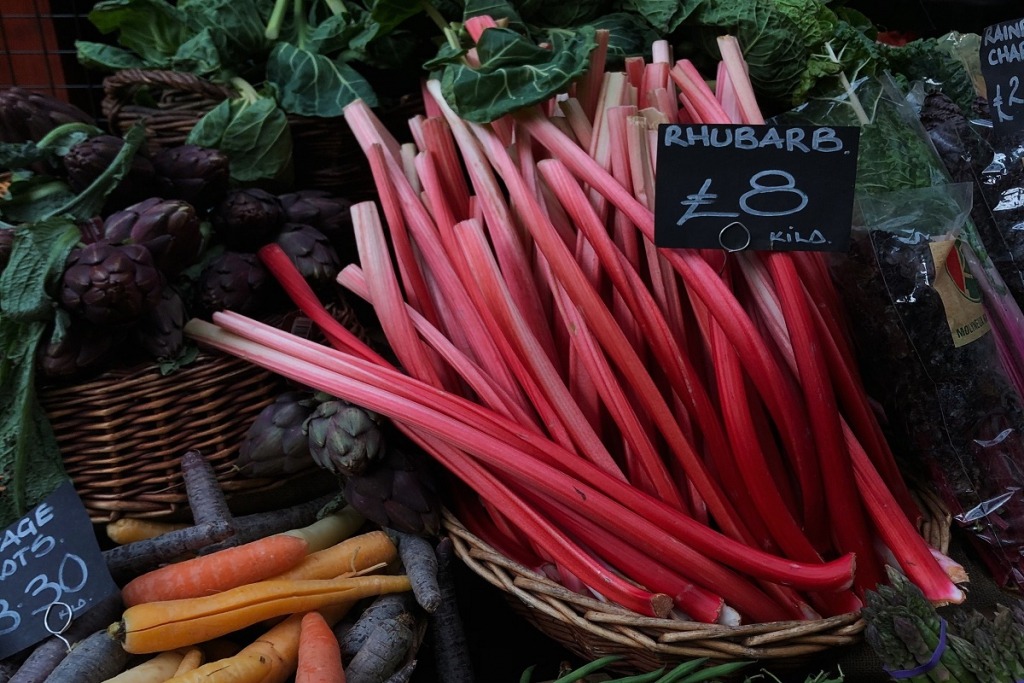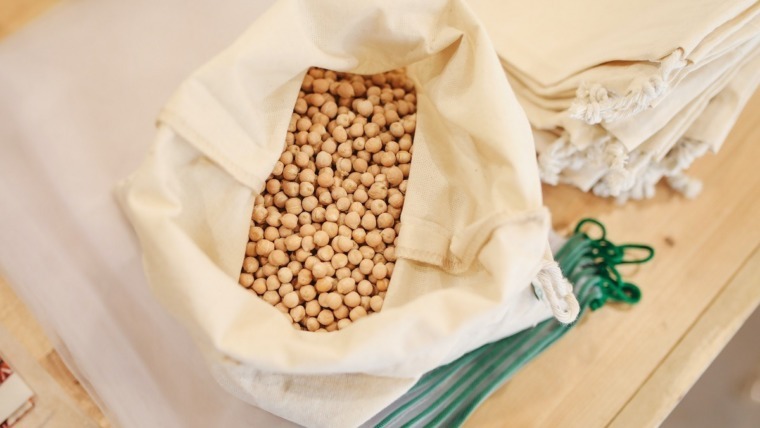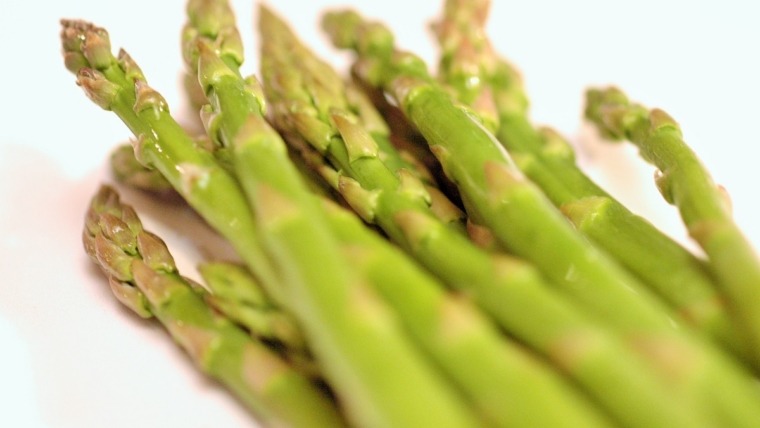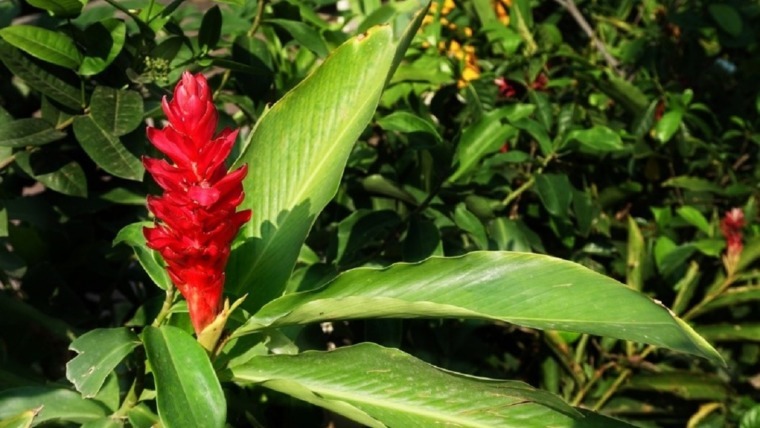
Written by Kevin Kapusi Starow
Is a herbaceous plant possessing, fortunately or unfortunately inedible leaves, as they are poisonous, and a fleshy stalk which has, for many years been revered for its culinary uses. Specifically due to their uniquely strong tart taste, that is particularly enticing for a broad cross section of society. They are predominantly used in cooking, for sweets dishes such as pies, cakes, crumbles, and as a stewed fruit. Which may seem to you a little strange, as we previously mentioned it is a herbaceous plant, and is not a fruit, and it was only relatively recently, about the 1700, that is began being used as a food.
The plant is cultivated, in today’s world, pretty much all throughout the year in both the southern and northern hemispheres, either in greenhouses or in fields.
History of Rhubarb
The root of the rhubarb plant has been use in Chinese culture for thousands of years, not as a food source but rather for its medicinal qualities. Being mentioned in classic texts as far back as 2,700 years ago in a farmer’s herb manuscript.
It travelled from China, west through the Silk Road route and was introduced to Europe in around the 14th century, through ports such as Aleppo.
Due to the inhibitive costs of transportation through Asia, it made the cost expensive throughout Europe, being in some cases several times the price of other expensive spices such as saffron, cinnamon, and even opium.
Cooking with Rhubarb
As mentioned above, rhubarb was not used as a food till the 17th century, when sugar became affordable and thus available for the common people. Providing the opportunity to add sugar to the cooking stalks which in turn complimented the tartness of the plant, which made, and makes, it edible. It is only the stalk which are edible, the roots are used for medicine and as a dye, and the leaves are totally inedible.
Rhubarb is usually stewed with sugar, spices, and fruits such as apples, and then used in pies, crumbles, or strudels. Complimentary spices include cinnamon, vanilla, ginger, and pepper, though there are many combinations and personal favourites, just ask someone for theirs.
Other recipes include fillings for puddings, creme bavaroise and as flavourings for creams, cakes, beverages, and many more desserts.
Though mostly used as a dessert, the stalk is used for savoury recipes as well, such as in Chile where rhubarb is served with salt and dried chili.
For Health
- A chemical found in rhubarb, called parietin has been found to kill human leukaemia cells in laboratory experiments. Not to mention inhibiting the growth of several other human cancers.
- The stems and roots are rich in anthraquinones which have a laxative effect and have been used as a dieting aid.
- The plant has high levels of vitamin K which aids in healthy bone growth and can limit damage in the brain to the point of Alzheimer’s prevention.
- There is also a high level of vitamin C, to contain and fight infections.
- There are also healthy sources of minerals contained within the fibres of the plant including manganese, iron, potassium, and phosperous.
One interesting fact I learned from researching rhubarb is that the plant contains a carbon based molecule called quinone, which are said to be able to carry an electrical charge, in 2014 a team of Harvard scientists published a results to back these finding up.
Although treated as a fruit, Rhubarb is actually a herbaceous plant related to sorrel, more like a vegetable than anything else. When choosing rhubarb the things you need to look for include plump stems with good colour which is firm and crisp, if the leaves are still attached, they should not be limp or discoloured.
The leaves of rhubarb contain a chemical called oxalic acid which is a poison, and hence should never be eaten. So prior to preparing and cooking the stalks, remove the leaves and discard them, to prevent any accidents.
If you are thinking about growing rhubarb, you will be interested to know that it is relatively easy to grow, in well drained and fertilized soil. Once established they require little maintenance to yield abundantly, it is best grown from cuttings rather than seeds, and remember they prefer shade.



